Summertime is always a busy period on farms. From the cutting of silage to the spreading of slurry and smaller jobs like topping or spraying, machinery work takes centre stage. 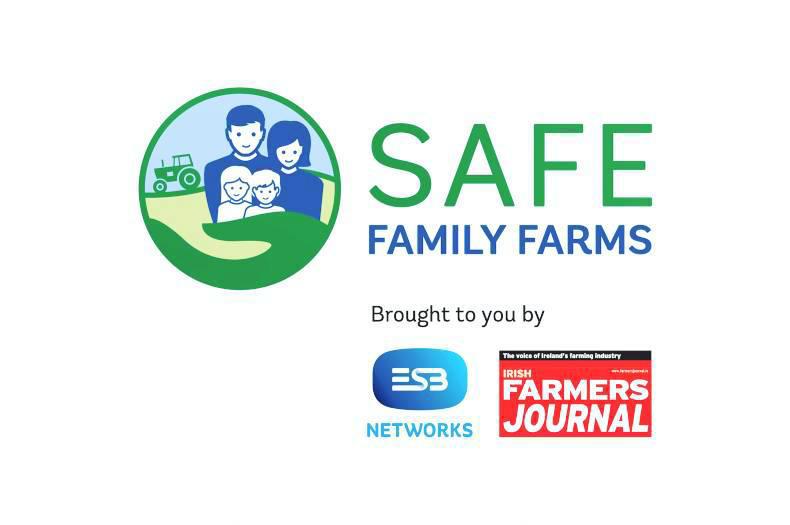
On many farms, some if not all of these jobs involve a contractor’s help.
The benefits of a good contractor cannot be understated when it comes to getting these essential jobs done on a busy farm.
However, it is important to remember that contractors do not know your farm and farmyard like you do.
Potential hazards
Around a farmyard, there are numerous hazards that have been identified by farmers during risk assessments. While the farmer themselves can take measures to minimise these risks, they often present a bigger danger to someone unfamiliar with them.
Soft or uneven ground, potential pitfalls like uncovered manholes, limited clearance space under shed eaves, etc, all represent hazards to a contractor unfamiliar with the yard. Pointing out any of these hazards ahead of time, rather than waiting till after they become a problem, is a simple method of ensuring a contractor can take the appropriate measures to avoid them.
Vulnerable groups
In the last 10 years, 46% of all fatal accidents on Irish farms have involved children (12%) and older farmers (34%).
These vulnerable groups are a serious safety concern as they may not be fully aware of the dangers of machinery or may not be quick enough to react to certain situations.
Contractors coming on to the farm should be made aware of their presence so they can be extra cautious. Ideally, children should not be in the yard during times when there are large amounts of machinery in the area.
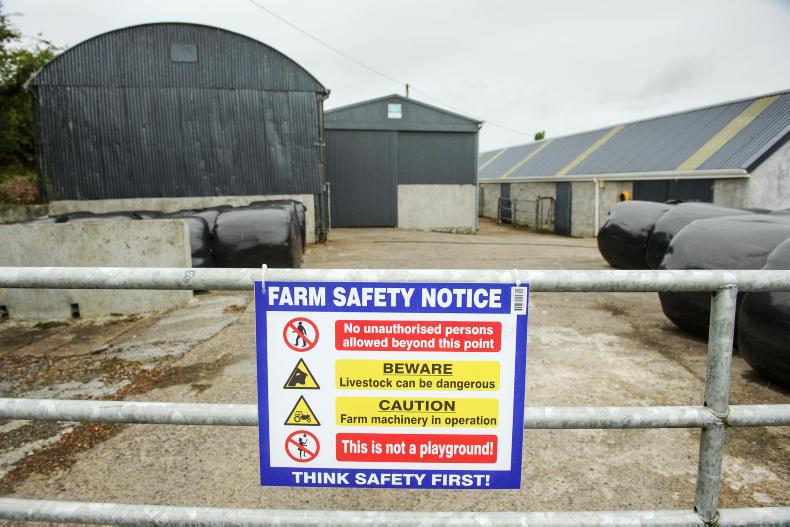
Traffic management
When tasks such as silage harvesting, whether it be baled or pit silage, are under way, there are often several tractors attempting to access the yard at one time.
This increases the risk of an accident occurring between two tractors.
That is why a specific management plan should be in place in order to have controlled entry and exit of machinery to and from the yard.
Contractors may not be aware of blind spots around corners or of the most appropriate place to turn machinery (if required). Before any harvesting begins, these designated areas should be set up and agreed upon.
Roadways
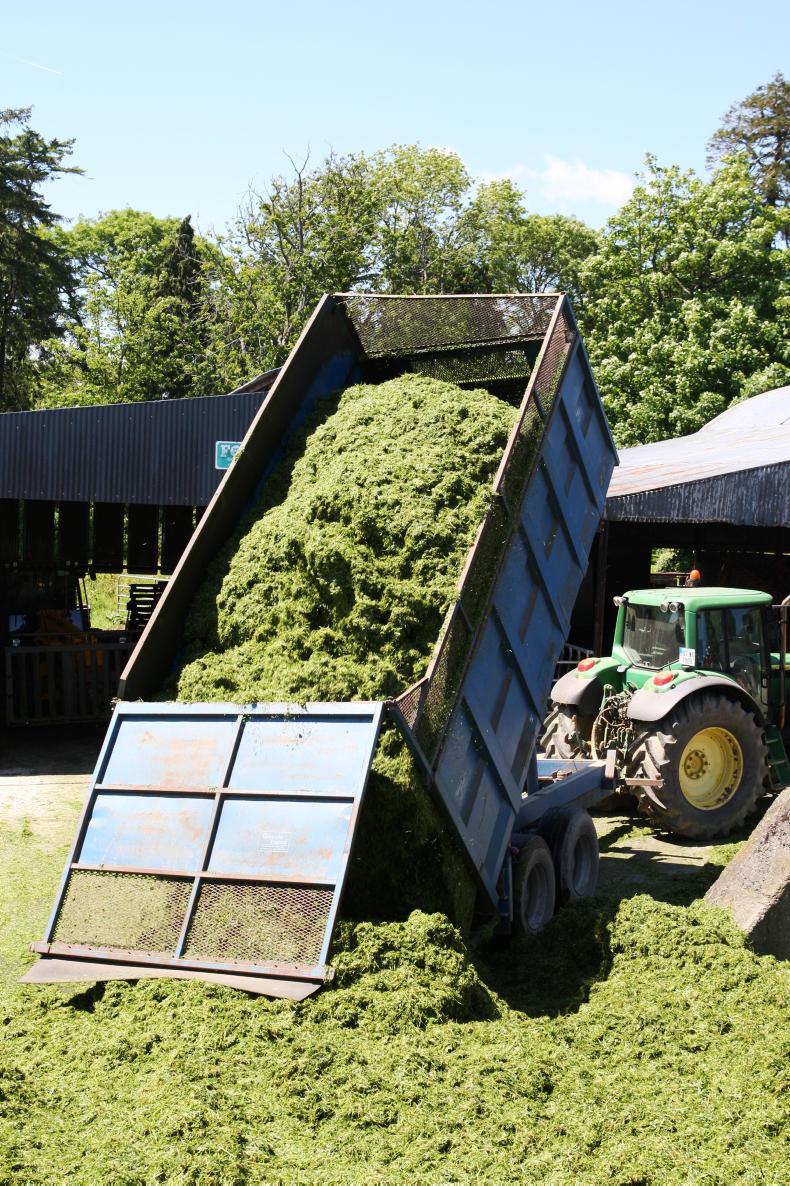 In cases where access from the field where the work is taking place to the farmyard crosses a public road, extra measures should be in place.
In cases where access from the field where the work is taking place to the farmyard crosses a public road, extra measures should be in place.
Appropriate warning signage should be displayed to warn workers, members of the public and oncoming traffic of machinery that may emerge from a gateway.
Flagmen should be used where appropriate and they should wear high visibility vests/jackets to make themselves easily seen by the public.
If it is the case where contractors have to enter a field containing livestock, in order to access another field, gates should always be closed after.
Overhead cables
Knowing the layout of your own yard generally also includes a knowledge of overhead power cable locations.
This allows farmers to account for the height of their own machinery in relation to these cables and avoid making contact with them.
Contractors, on the other hand, may not be aware of their locations and may be more exposed to coming in contact with them (eg, increased height while tramping pit silage).
Farmers should know the locations of overhead cables on their farm and should point them out to contractors to ensure no machinery comes in contact with them.
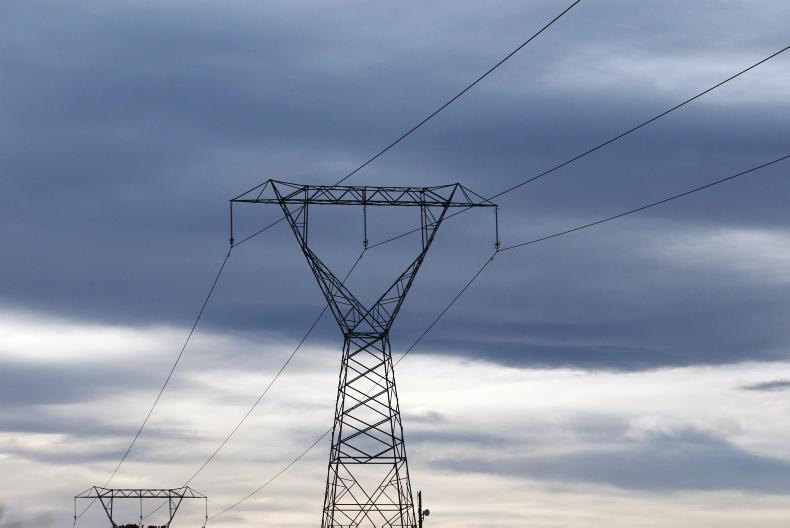

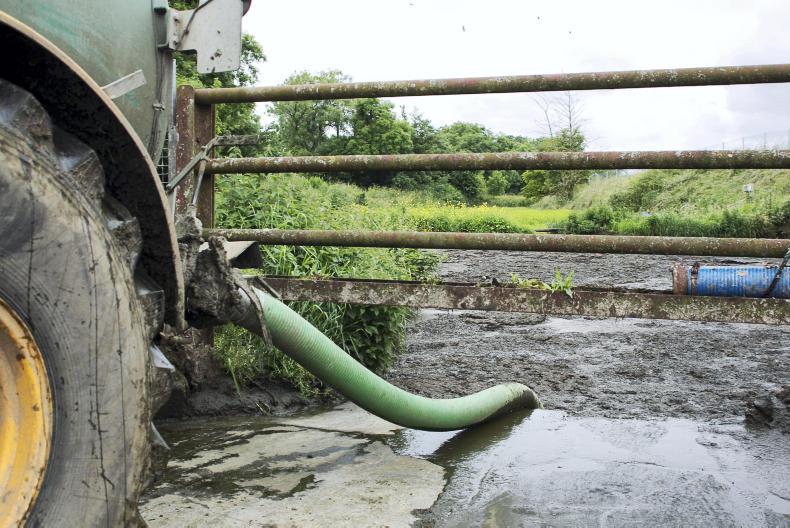




 This is a subscriber-only article
This is a subscriber-only article















SHARING OPTIONS: